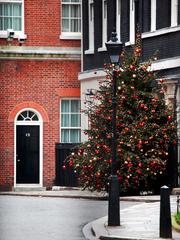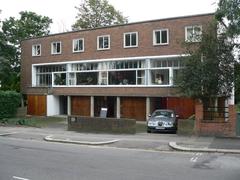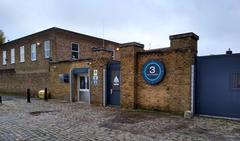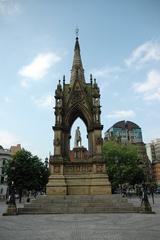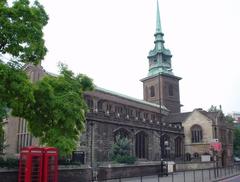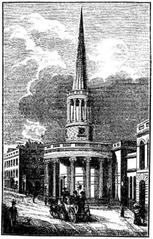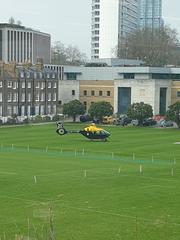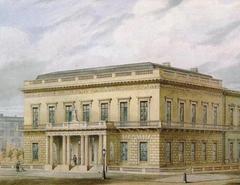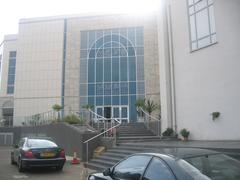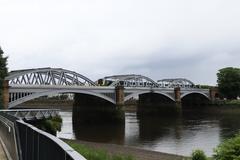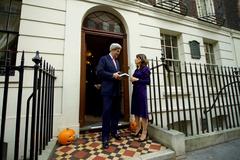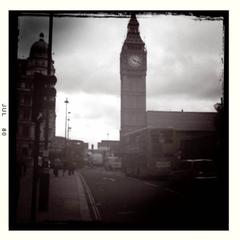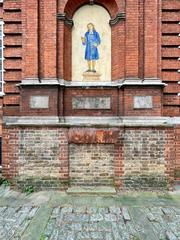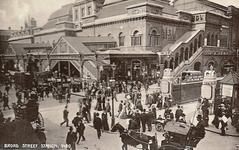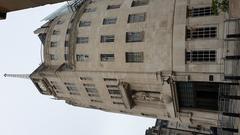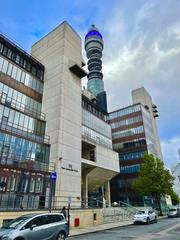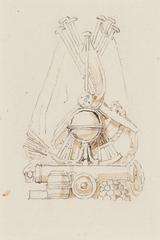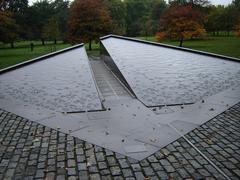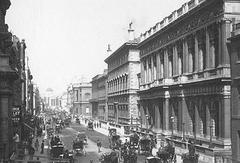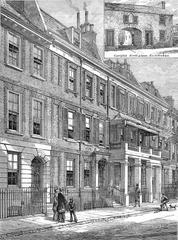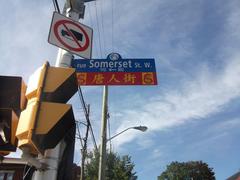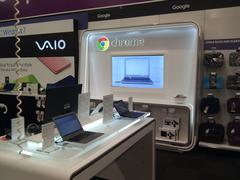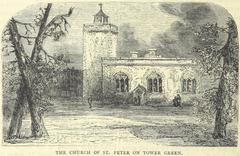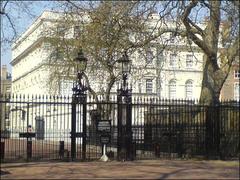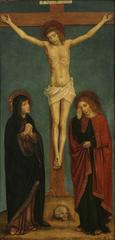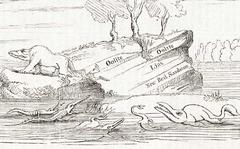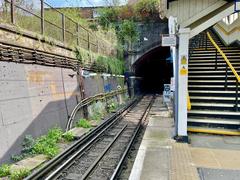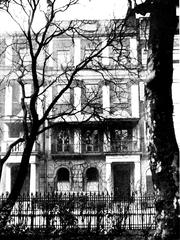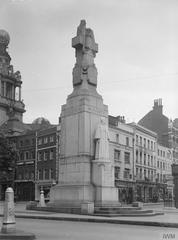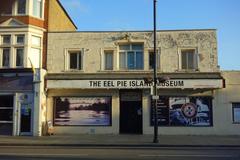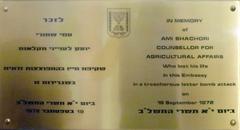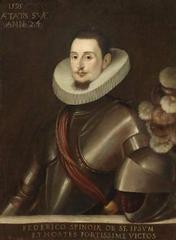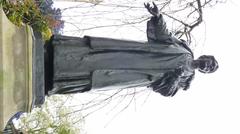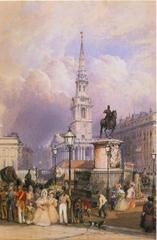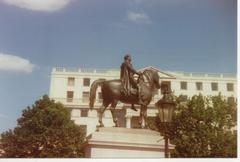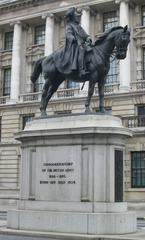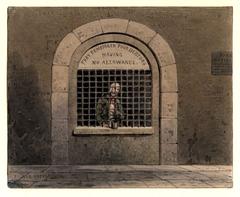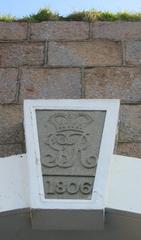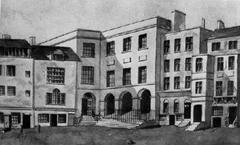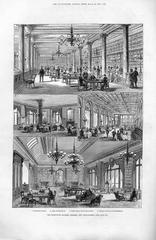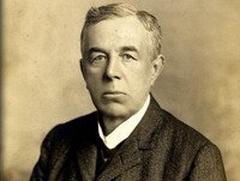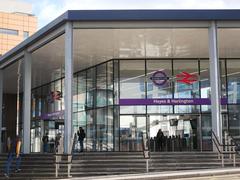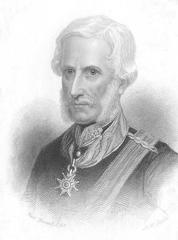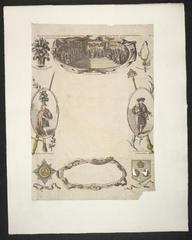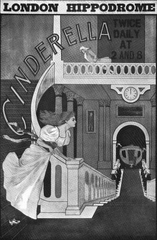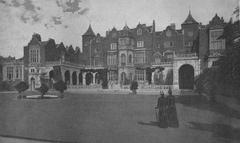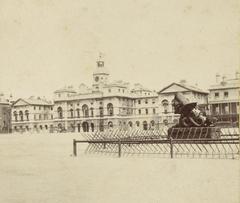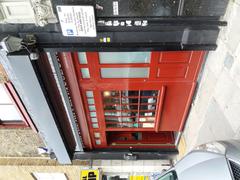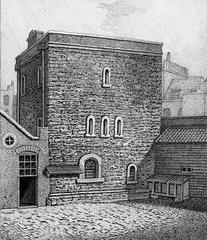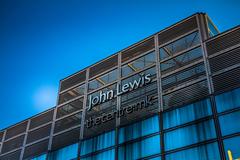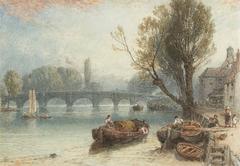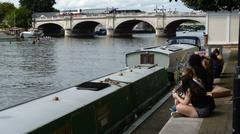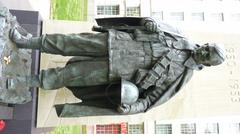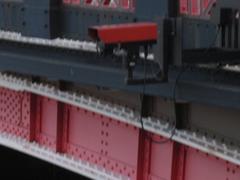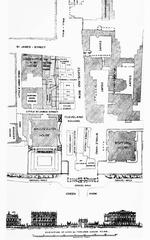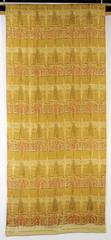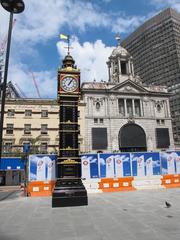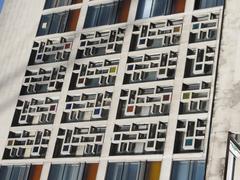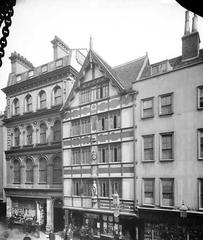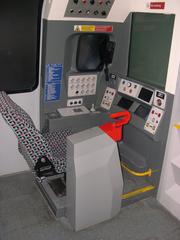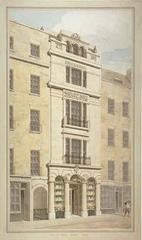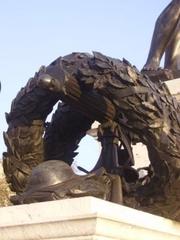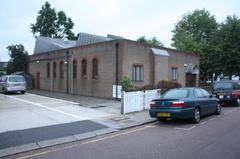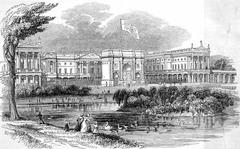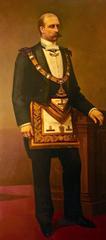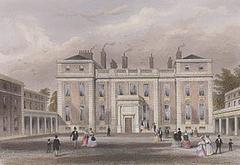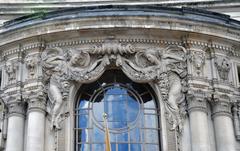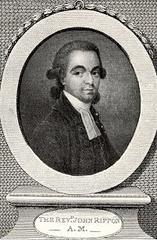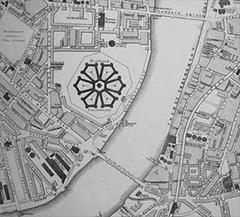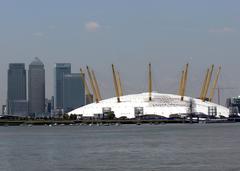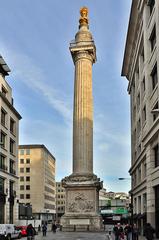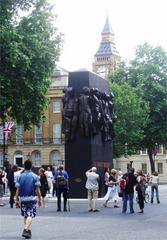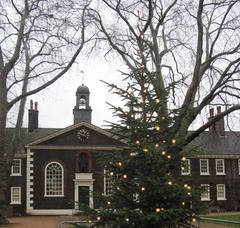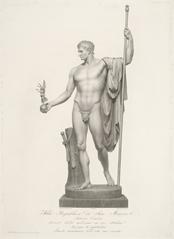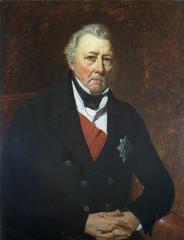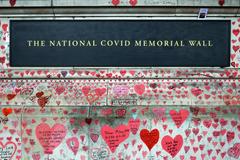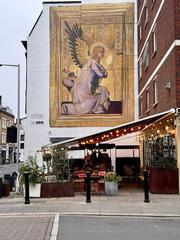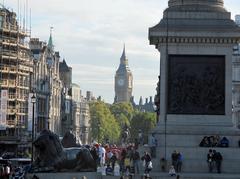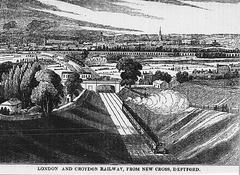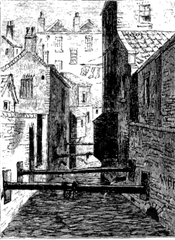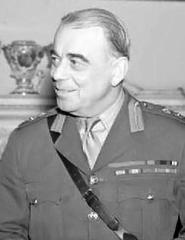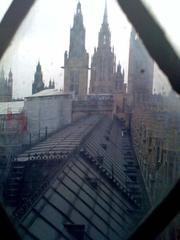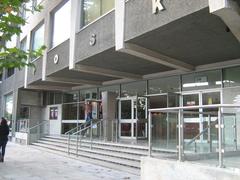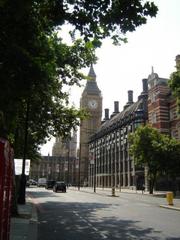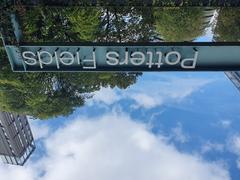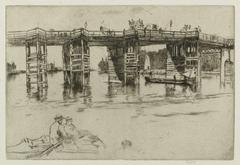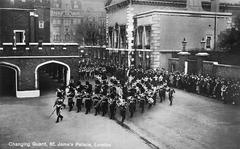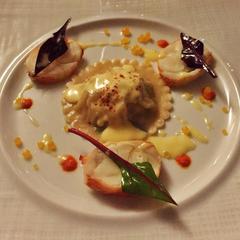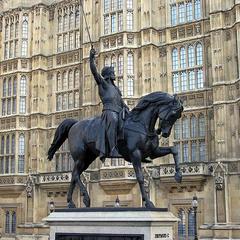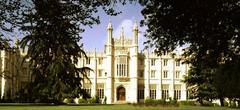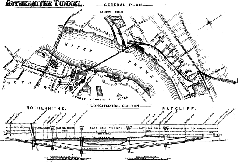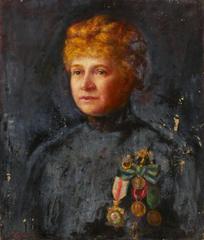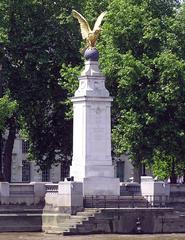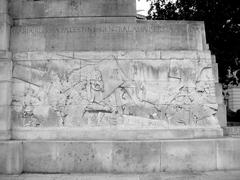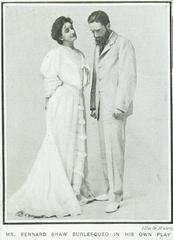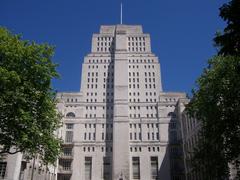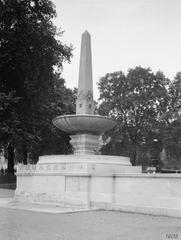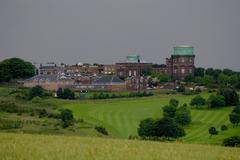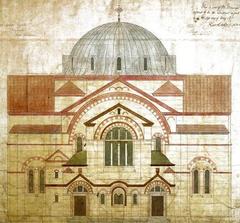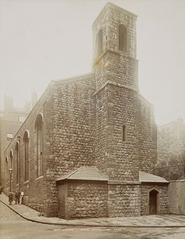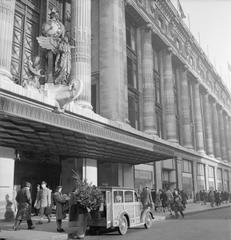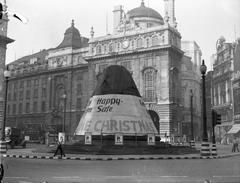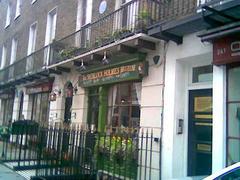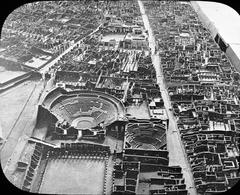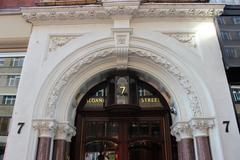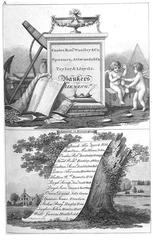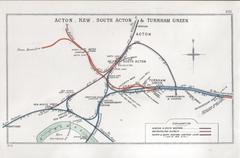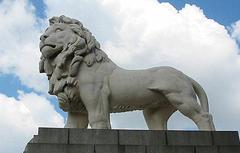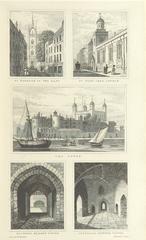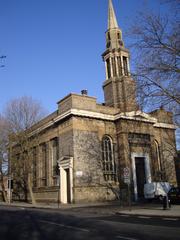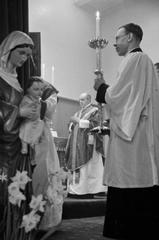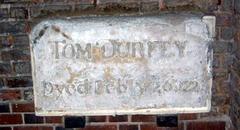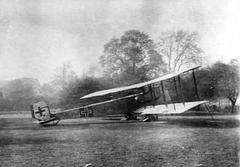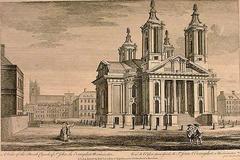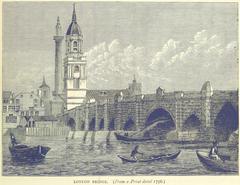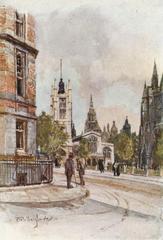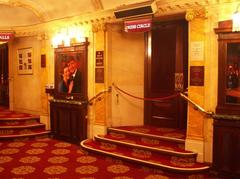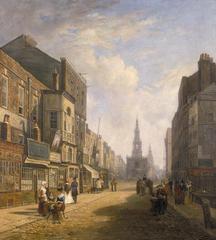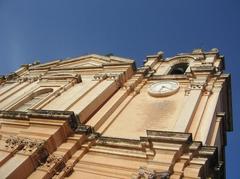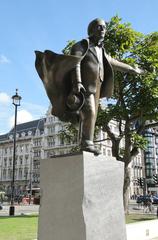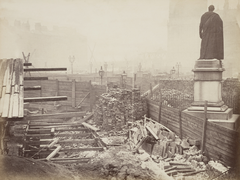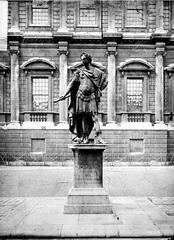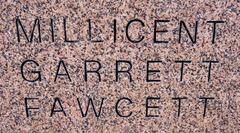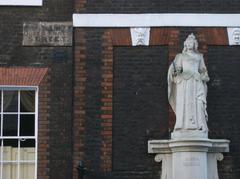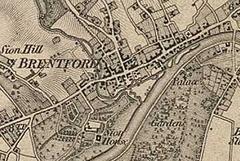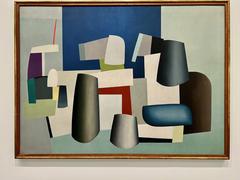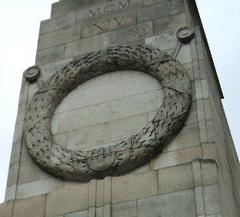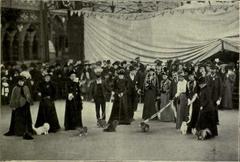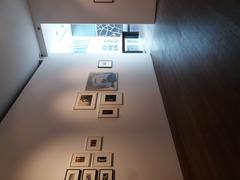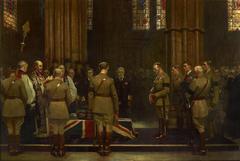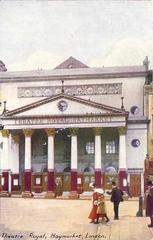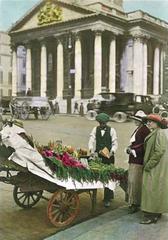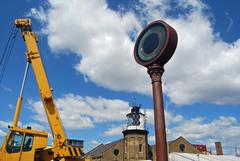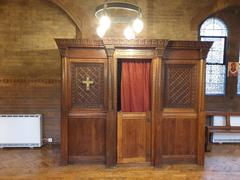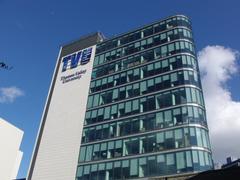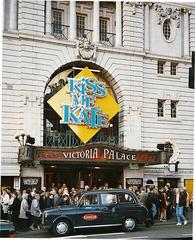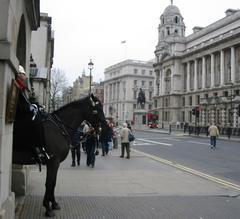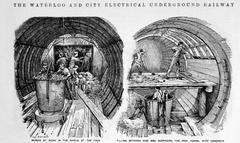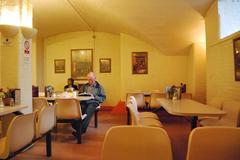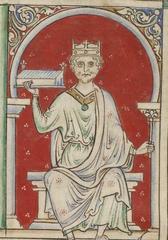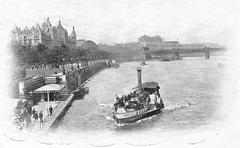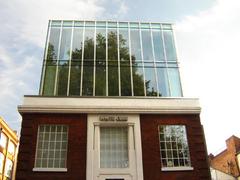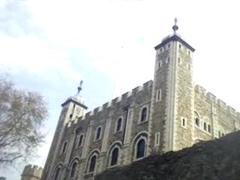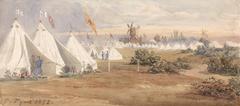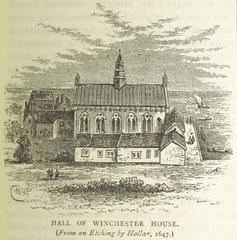Comprehensive Guide to Visiting ArcelorMittal Orbit, London, United Kingdom
Published Date: 18/07/2024
Introduction: Discover the ArcelorMittal Orbit
The ArcelorMittal Orbit, an iconic structure located in London’s Queen Elizabeth Olympic Park, symbolizes the city’s commitment to art, architecture, and sustainability. Conceived as a lasting legacy of the 2012 Summer Olympics, this red steel sculpture stands 114.5 meters tall, making it the UK’s tallest sculpture. Designed by renowned artist Sir Anish Kapoor and structural engineer Cecil Balmond, the Orbit is a marvel of modern engineering and design. Its looping, interwoven form symbolizes the dynamic nature of modern London and reflects the city’s innovative spirit (ArcelorMittal Orbit Official Site) (Dezeen).
Funded primarily by Lakshmi Mittal, chairman and CEO of ArcelorMittal, the world’s largest steel manufacturing company, the project cost £22.7 million, with Mittal contributing £19.6 million. The structure was built using 60% recycled steel, aligning with the sustainability goals of the 2012 Olympics. Since its completion in May 2012, the ArcelorMittal Orbit has attracted millions of visitors, offering panoramic views of London from its observation decks, interactive installations, and thrilling attractions like the world’s longest and tallest tunnel slide designed by Carsten Höller (BBC News) (The Guardian).
This guide provides a comprehensive overview of the ArcelorMittal Orbit, covering its history, cultural significance, visitor information, and the various attractions and experiences it offers. Whether you’re planning a visit or simply curious about this remarkable structure, this guide will help you make the most of your experience.
Table of Contents
- [History of ArcelorMittal Orbit](#history-of-arcelormittal-orbithistory-of-arcelormittal-orbit)
- [Concept and Design](#concept-and-designconcept-and-design)
- [Construction and Funding](#construction-and-fundingconstruction-and-funding)
- [Architectural Significance](#architectural-significancearchitectural-significance)
- [Cultural Impact](#cultural-impactcultural-impact)
- [Visitor Information](#visitor-informationvisitor-information)
- [Tickets and Visiting Hours](#tickets-and-visiting-hourstickets-and-visiting-hours)
- [Accessibility](#accessibilityaccessibility)
- [Travel Tips](#travel-tipstravel-tips)
- [Post-Olympic Legacy](#post-olympic-legacypost-olympic-legacy)
- [Challenges and Controversies](#challenges-and-controversieschallenges-and-controversies)
- [Architectural Marvel and Symbol of Modern London](#architectural-marvel-and-symbol-of-modern-londonarchitectural-marvel-and-symbol-of-modern-london)
- [Cultural and Economic Impact](#cultural-and-economic-impactcultural-and-economic-impact)
- [Environmental and Sustainability Aspects](#environmental-and-sustainability-aspectsenvironmental-and-sustainability-aspects)
- [Visitor Experience and Attractions](#visitor-experience-and-attractionsvisitor-experience-and-attractions)
- [Observation Decks](#observation-decksobservation-decks)
- [The Slide](#the-slidethe-slide)
- [Abseiling](#abseilingabseiling)
- [Interactive Installations](#interactive-installationsinteractive-installations)
- [Educational and Community Engagement](#educational-and-community-engagementeducational-and-community-engagement)
- [Symbol of Resilience and Innovation](#symbol-of-resilience-and-innovationsymbol-of-resilience-and-innovation)
- [Accessibility and Inclusivity](#accessibility-and-inclusivityaccessibility-and-inclusivity)
- [Future Prospects and Developments](#future-prospects-and-developmentsfuture-prospects-and-developments)
- [FAQ Section](#faq-sectionfaq-section)
- [Call to Action](#call-to-actioncall-to-action)
- [References](#referencesreferences)
History of ArcelorMittal Orbit
Concept and Design
The ArcelorMittal Orbit was conceived as a lasting legacy of the 2012 Summer Olympics. The idea was initiated by then-Mayor of London, Boris Johnson, who envisioned a landmark that would symbolize East London’s regeneration. The design competition was won by Sir Anish Kapoor and Cecil Balmond. Their collaborative effort resulted in a unique, looping red steel tower standing 114.5 meters tall, making it the UK’s tallest sculpture (ArcelorMittal Orbit Official Site).
Construction and Funding
Construction began in November 2010 and was completed in May 2012. Lakshmi Mittal contributed £19.6 million of the £22.7 million total cost, with the remaining funds provided by the London Development Agency (BBC News).
Architectural Significance
The ArcelorMittal Orbit is a marvel of modern engineering, consisting of 2,000 tonnes of steel, 60% of which is recycled. Its distinctive red color was achieved using special paint that withstands the elements, ensuring its vibrant appearance over time. The design features interwoven loops and curves, symbolizing the dynamic and interconnected nature of the modern world (Dezeen).
Cultural Impact
Since its opening, the ArcelorMittal Orbit has become a significant cultural landmark in London. It serves as both a tourist attraction and a venue for various events. Two observation decks offer panoramic views of London, including landmarks such as the Shard, St. Paul’s Cathedral, and Wembley Stadium. In 2016, the world’s longest and tallest tunnel slide, designed by Carsten Höller, was added to the structure, enhancing its appeal (The Guardian).
Visitor Information
Tickets and Visiting Hours
Tickets can be purchased online or at the entrance. Prices vary depending on the type of ticket and additional activities such as the slide. The visiting hours are generally from 10:00 AM to 6:00 PM, but it is advisable to check the official website for the most up-to-date information (ArcelorMittal Orbit Official Site).
Accessibility
The ArcelorMittal Orbit is fully accessible, with elevators and ramps ensuring that all visitors can enjoy the experience. Facilities for visitors with disabilities include accessible restrooms and designated viewing areas.
Travel Tips
- Best Time to Visit: Weekdays are generally less crowded. Early mornings or late afternoons offer the best light for photography.
- Nearby Attractions: The Queen Elizabeth Olympic Park houses several other attractions, including the London Aquatics Centre and the London Stadium. Westfield Stratford City, one of Europe’s largest shopping centers, is also nearby.
- Photography: The observation decks offer excellent spots for panoramic photos of London. The unique structure itself is a great subject for creative photography.
Post-Olympic Legacy
The ArcelorMittal Orbit was designed to be a lasting legacy of the 2012 Olympics and has successfully fulfilled this role. The structure has attracted millions of visitors since its opening, contributing to the ongoing regeneration of East London. It has hosted numerous cultural and sporting events, including art exhibitions, concerts, and charity abseiling events. The ArcelorMittal Orbit continues to symbolize innovation and creativity, embodying the spirit of the London 2012 Olympics (London Legacy Development Corporation).
Challenges and Controversies
Despite its success, the ArcelorMittal Orbit has faced challenges and controversies. Some critics have questioned the aesthetic appeal of the structure, describing it as a less attractive addition to London’s skyline.
Architectural Marvel and Symbol of Modern London
The ArcelorMittal Orbit stands as a testament to modern architectural ingenuity and artistic expression. Its continuous looping lattice of tubular steel creates a dynamic and visually striking form. This unique design not only serves as a landmark but also symbolizes the fusion of art, architecture, and engineering (ArcelorMittal Orbit).
Cultural and Economic Impact
The ArcelorMittal Orbit has significantly contributed to London’s cultural and economic landscape. As a major tourist attraction, it draws visitors from around the world, boosting local tourism and the economy. The structure’s presence in the Queen Elizabeth Olympic Park has transformed the area into a vibrant cultural hub, attracting further investments and developments. The Orbit hosts various cultural events, exhibitions, and educational programs, enriching the local community and fostering a deeper appreciation for contemporary art and architecture (London Legacy Development Corporation).
Environmental and Sustainability Aspects
The ArcelorMittal Orbit is a symbol of sustainability. The structure was constructed using 60% recycled steel, including materials from decommissioned cars and washing machines. This commitment to sustainability reflects the broader goals of the 2012 London Olympics, which aimed to be the greenest games in history. The Orbit’s design also incorporates energy-efficient lighting and other eco-friendly features, minimizing its environmental footprint (ArcelorMittal).
Visitor Experience and Attractions
Observation Decks
The ArcelorMittal Orbit features two observation decks located at 76 and 80 meters above ground. These decks provide stunning 360-degree views of London, including landmarks such as the Shard, St. Paul’s Cathedral, and Wembley Stadium. Telescopes and interactive touchscreens enhance the viewing experience, offering detailed information about the visible landmarks (Queen Elizabeth Olympic Park).
The Slide
One of the most thrilling attractions at the ArcelorMittal Orbit is the slide, designed by Belgian artist Carsten Höller. The slide is 178 meters long and takes approximately 40 seconds to descend, reaching speeds of up to 15 miles per hour. It features 12 twists and turns, including a tight corkscrew section known as the ‘bettfeder’ (German for ‘bedspring’). This exhilarating ride is a must-try for adrenaline seekers (ArcelorMittal Orbit Slide).
Abseiling
For those looking for an even more adventurous experience, the ArcelorMittal Orbit offers the UK’s highest freefall abseil. Participants can descend from the viewing platform, 80 meters above the ground, under the supervision of trained instructors. This activity provides a unique perspective of the structure and the surrounding park, making it a memorable experience for thrill-seekers (Abseiling at ArcelorMittal Orbit).
Interactive Installations
Inside the ArcelorMittal Orbit, visitors can engage with various interactive installations. One highlight is Anish Kapoor’s concave mirrors, which distort reflections in intriguing ways, creating a playful and immersive experience. These installations challenge perceptions and encourage visitors to explore the relationship between space and form (Anish Kapoor’s Work).
Educational and Community Engagement
The ArcelorMittal Orbit plays a vital role in educational and community engagement. It hosts various educational programs and workshops aimed at inspiring young minds and fostering a deeper understanding of art, architecture, and engineering. These programs are designed to be interactive and engaging, encouraging participants to explore their creativity and think critically about the built environment. The Orbit also collaborates with local schools and community organizations, providing opportunities for hands-on learning and community involvement (ArcelorMittal Orbit Education).
Symbol of Resilience and Innovation
The ArcelorMittal Orbit stands as a symbol of resilience and innovation. Its construction and subsequent success demonstrate the power of collaboration and the potential for art and architecture to transform urban spaces. The Orbit’s presence in the Queen Elizabeth Olympic Park serves as a reminder of the legacy of the 2012 London Olympics and the enduring impact of visionary projects. It embodies the spirit of innovation and creativity, inspiring future generations to push the boundaries of what is possible (Queen Elizabeth Olympic Park).
Accessibility and Inclusivity
The ArcelorMittal Orbit is committed to accessibility and inclusivity, ensuring that all visitors can enjoy the experience. The structure is equipped with elevators and ramps, making it accessible to individuals with mobility impairments. Additionally, the Orbit offers sensory tours and other accommodations for visitors with disabilities, ensuring that everyone can fully engage with the attraction. This commitment to inclusivity reflects the broader goals of the Queen Elizabeth Olympic Park, which aims to be a welcoming and inclusive space for all (Accessibility at the ArcelorMittal Orbit).
Future Prospects and Developments
Looking ahead, the ArcelorMittal Orbit continues to evolve and adapt to the changing needs of visitors and the community. Plans for future developments include new attractions, events, and programs that will further enhance the visitor experience and solidify the Orbit’s status as a cultural landmark. The structure’s ongoing success and popularity underscore its significance as a symbol of modern London and a beacon of creativity and innovation (Future Developments at the ArcelorMittal Orbit).
FAQ Section
- What are the ArcelorMittal Orbit visiting hours? Visiting hours vary by season and day. Check the official website for the most current information.
- How much do ArcelorMittal Orbit tickets cost? Ticket prices vary depending on the package. Visit the official website for detailed pricing (Ticket Information).
- Is the ArcelorMittal Orbit accessible? Yes, the structure is equipped with elevators and ramps and offers sensory tours for visitors with disabilities.
- Are there any safety measures in place for the slide and abseiling? Yes, safety gear is provided, and trained instructors oversee these activities to ensure participants’ safety.
Call to Action
Download our Audiala app for more travel tips and stay updated by following us on social media. Explore more about London’s historical sites and plan your perfect visit to the ArcelorMittal Orbit.

